Free-Range Art Highway
Fall 2023
Take a photographic journey through the wild and wondrous West.
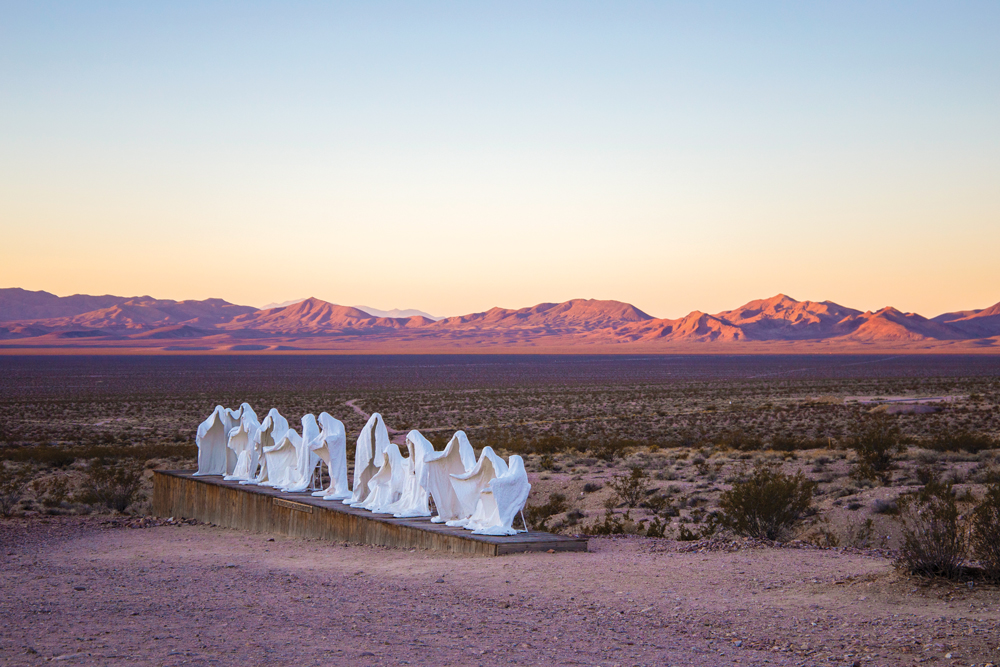
BY MIKALEE BYERMAN
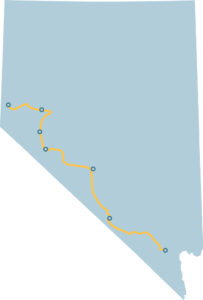 Ready to give your camera a workout? With the Free-Range Art Highway as your canvas, the photo-op stops are countless. Whether you’re a newbie photographer just learning the definition of aperture or a veteran documentarian seeking new stories, you’ll find plenty of odd and awesome vistas to ogle along this Reno-to-Vegas road trip.
Ready to give your camera a workout? With the Free-Range Art Highway as your canvas, the photo-op stops are countless. Whether you’re a newbie photographer just learning the definition of aperture or a veteran documentarian seeking new stories, you’ll find plenty of odd and awesome vistas to ogle along this Reno-to-Vegas road trip.
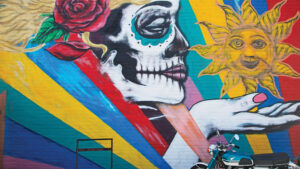 Reno to Tonopah
Reno to Tonopah
We’re starting in Reno, where you’ll find an embarrassment of photographic riches throughout the region. In the heart of town—Midtown, to be exact—you’ll spot more than 100 murals and works of public art around every bend. Just keep your eyes open and your camera at the ready. “Find Your Flow”—a favorite—whimsically adorns the side of a building at 300 Holcomb Ave., and the artist even creatively incorporated a security camera into the painting (check the frog’s eye!). And of course, you can’t leave Reno without a visit to one of the most photographed locations in town, City Plaza, directly across from City Hall—home of the iconic BELIEVE sculpture.
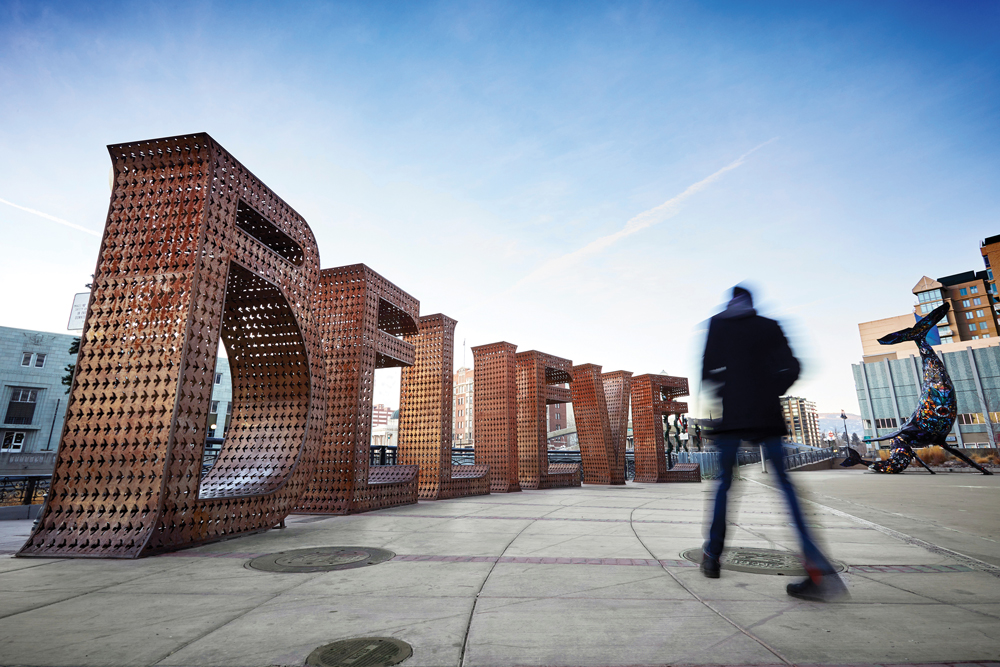
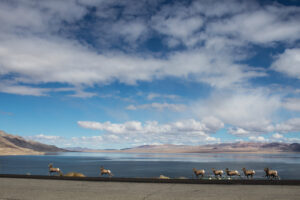
On the road to Tonopah, you’ll probably be pulling over frequently just to capture the sweeping vistas of open road with endless horizons. The drive is stark, scenic, and stoic, and you’ll find yourself deep in introspection as you drive for seemingly endless miles—often without a soul in sight. But keep your eyes peeled around Walker Lake because you might spot Nevada’s State Animal, the desert bighorn sheep.
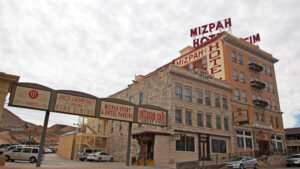
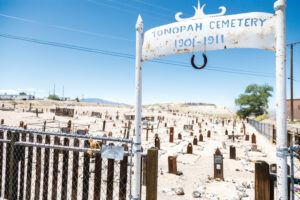 Tonopah to Goldfield
Tonopah to Goldfield
Tonopah is a photographer’s dream. When you enter town, make for the Old Tonopah Cemetery and let the headstones tell the story of the town’s wild history. Established in 1901, it’s adjacent to the Clown Motel (of COURSE a cemetery is located next door to a hotel with clown-themed rooms and a 2,000+ collection of clown collectibles, right?). After you’ve gone from the serene to the scary, stop by the Mizpah Hotel, which has been meticulously restored to its early 1900s glory, complete with brass chandeliers dripping with crystals and Victorian sofas blanketed in rich velvet hues. Heads up: You might even capture a spectral image on this journey, as the Mizpah is said to be haunted by many spirits, including the infamous Lady in Red.
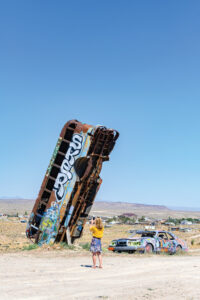
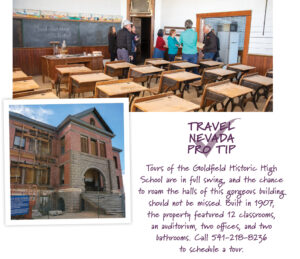 Once you leave Tonopah (and trust me, wild horses may have to drag you away—but hopefully not literally), it’s a short journey to Goldfield. This is as authentic a “ghost town” photographic experience as you’ll find out West, with many buildings seemingly frozen in time since the town’s gold-camp heyday in the early 1900s. The statuesque Goldfield Historic High School is a beautiful gem in the middle of town, but don’t be surprised if you feel “called” by the Goldfield Hotel (which, some paranormal investigators have asserted, may or may not be a portal to the underworld).
Once you leave Tonopah (and trust me, wild horses may have to drag you away—but hopefully not literally), it’s a short journey to Goldfield. This is as authentic a “ghost town” photographic experience as you’ll find out West, with many buildings seemingly frozen in time since the town’s gold-camp heyday in the early 1900s. The statuesque Goldfield Historic High School is a beautiful gem in the middle of town, but don’t be surprised if you feel “called” by the Goldfield Hotel (which, some paranormal investigators have asserted, may or may not be a portal to the underworld).
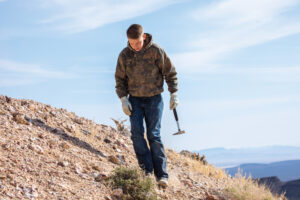
Outside of Goldfield, you’ll find the famous International Car Forest of the Last Church: an odd garden of vertical vehicles plunked in the dirt. You’ll also want to backtrack about 4 miles north of town to Gemfield. There, you’ll find swirling oceans of chalcedony (rumored to be the largest deposit in the U.S.), plus adjacent seas of minerals in every color of the spectrum. Photograph away and take home a souvenir—bring your own tools to rockhound and leave $1 per pound of treasure.
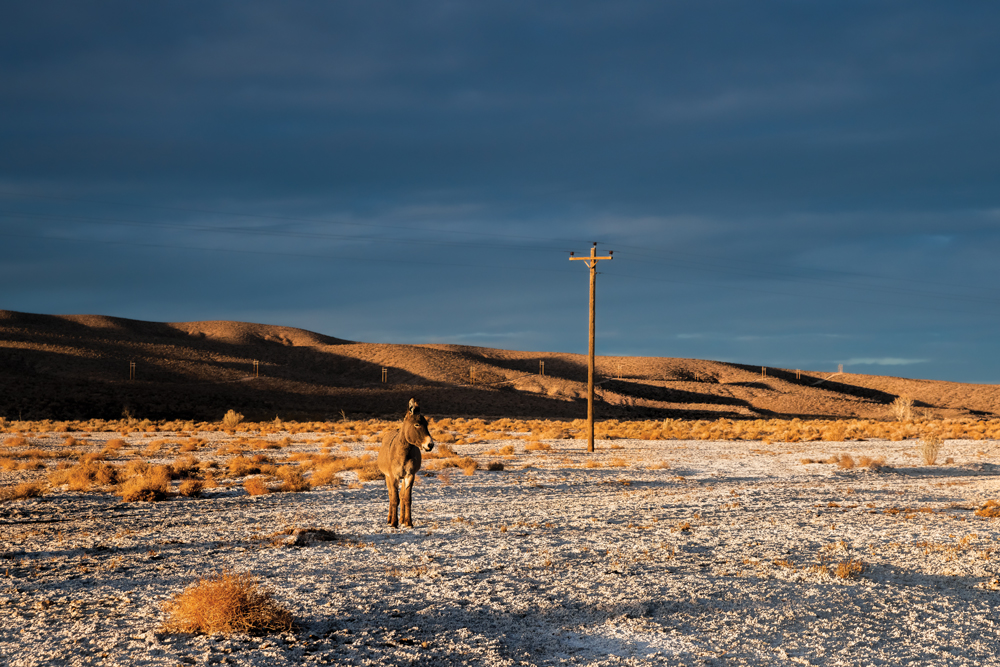
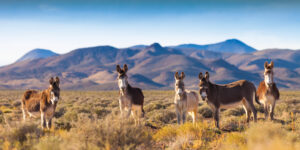 Gemfield to Rhyolite through Beatty
Gemfield to Rhyolite through Beatty
Now you’re on the road to Beatty, an oasis in the middle of the desert billed as the Gateway to Death Valley. Wild Nevada burros are one of the most photo-friendly sights in town. You’ll find them everywhere: camping in hotel parking lots, finding shade under a Joshua tree or just lying in familial clusters by the side of the road. Make time to strike up a conversation with a local (and maybe even snap a portrait—with permission, of course) at the Happy Burro Chili and Beer, a legit Sagebrush Saloon.
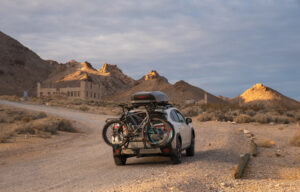
Now that you’re fueled up on chili, head to Rhyolite and the Goldwell Open Air Museum. The most photographed work at this outdoor art gallery is a ghostlike reimagining of Leonardo da Vinci’s “Last Supper,” for which models were draped in plaster-soaked burlap to mold the haunting sculptures. But don’t stop there, as Goldwell has seven pieces of outdoor art set against the Mojave Desert. Just up the road, you’ll find the ruins of Rhyolite. Start with the Tom Kelly Bottle House (exactly what it sounds like) and walk up to the eroding skeletons of the town’s main street buildings.
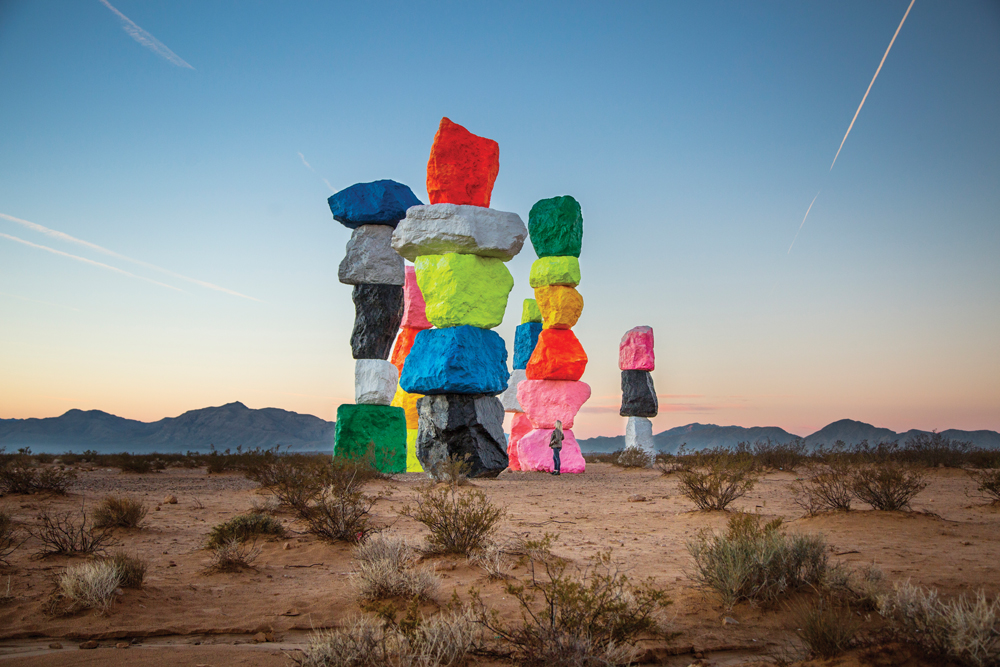
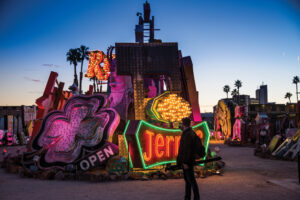
Rhyolite to Las Vegas
To culminate this photographer’s dream journey, is there any better destination than the glittering streets of Las Vegas? Don’t miss the Neon Museum, where you’ll find a two-acre glowing graveyard of vintage signs reflecting Nevada’s storied past. And talk about a rich photographic landscape: You can max out your memory card at the nearby Las Vegas Arts District, nicknamed “18b” for its 18 blocks lined with galleries, funky shops, and bars (see pg. 46 to learn more). But don’t end your trip there. Take a quick jaunt south to Seven Magic Mountains to photograph this series of seven giant, neon-painted boulder totems rising from the desert floor.
Free-Range Photographic Treasures
There you have it: A road trip where you’re able to capture nature, art, oddities and history, all in one complete journey. You’ll come home with a camera full of memories—and perhaps even a few souvenirs to commemorate Nevada’s rich, picturesque landscape.

